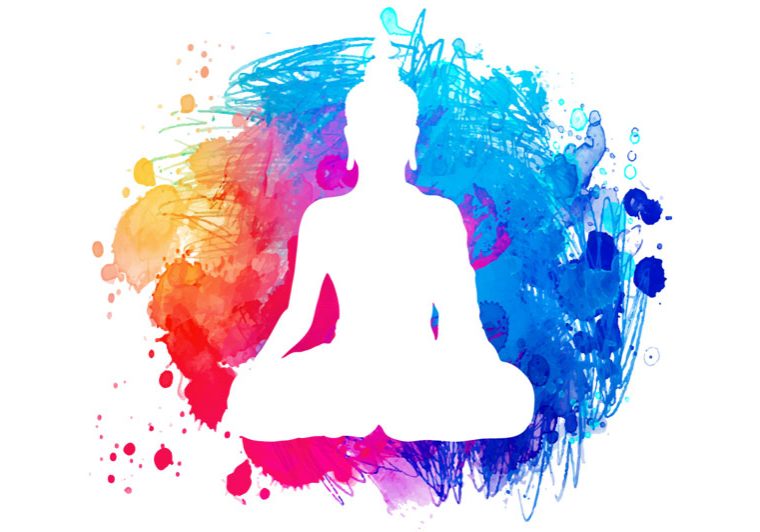Allowing what is

Buddha said: “I teach one thing and one thing only – suffering and the end of suffering”
According to Buddhism, three things lead to suffering: aversion, desire and delusion. Delusion is the illusion of separateness, or the fact that we forget that everything is interconnected, but this will be the topic of another post.
Today, let’s look at aversion and desire. Aversion is when we don’t want something, like, for example, a new boss, being ill, the kids not clearing up their room, feeling negative emotions, the state the of the world, anything really. According to Buddhism, the sheer fact that we do not want something, leads us to suffering. But what does this ‘suffering’ look like? Mostly, not wanting something makes us experience a whole range of unpleasant emotions like anger, sadness, fear, frustration, which in turns makes us think a whole range of unpleasant thoughts, that might lead to unpleasant behavior by ourselves or others. Which then leads to more emotions/thoughts/behavior/situations that we do not want.
The same happens with desire; i.e. when we want something that we do not/ cannot have.
The suffering that comes from desire, is of the same nature than the suffering that comes from aversion. It’ll make us experience a number of unpleasant feelings like jealousy, shame, not-being-good-enough, inadequateness, etcetera, that will snowball into thoughts linked to how and why we do not have what we want and how we can get it, making us forget about all the things that we already have. And instead of appreciating and fully enjoying what we do have, we go into tunnel vision and focus all our energy on getting what we want.
Now don’t get me wrong, of course it is important to follow your dreams and limit negative experiences as much as possible. What we’re talking about here is what to do when we are already experiencing the negative effects of aversion and desire, and how to avoid the vicious circle that comes with them. Which brings us to a practice called ‘allowing what is’.
You can do this practice in a formal sitting meditation, or simply integrate into your daily life.
When you are feeling the negative effects of desire and/or aversion, just pause for a moment (if you have the time and the opportunity to sit down in formal meditation, do , if not, simply take a few breaths) and notice what feelings, emotions, thoughts you are experiencing, and just allow them to be there. Allow the situation and everything that comes with it, to be exactly what it is, without trying to change it, without acting on it. Just allow it to be, without having to do anything and see what happens. Whatever it is that you want or don’t want. Allow it to be there with everything it brings with it.
Essentially, you just take away the resistance to the situation. Over time, your self-acceptance will grow, your acceptance in general will grow, you will experience less negativity bias, less negative emotions and more neutral/positive emotions, which will eventually make you happier, calmer, more creative, and more hopeful.

